
Disha Gupta

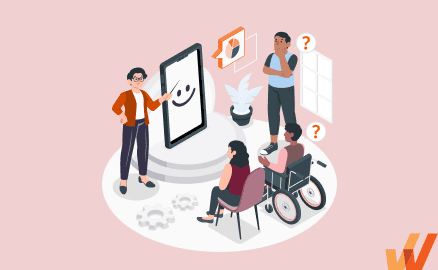
To many employees, the words “workplace training” can bring unpleasant feelings like anxiety or even annoyance. Employees who are used to traditional training methods often associate training with having more work and less time for their regular duties.
Fortunately for organizations and the employees who work for them, technological improvements have brought about new approaches to learning and development (L&D).
One such approach is adaptive learning, which is all about designing learning experiences to fit individual team members’ learning styles and needs. Adaptive learning technologies leverage artificial intelligence (AI), learner behavior, and big data to apply this approach to digital workplace learning initiatives.
An adaptive learning platform, such as learning portals and learning management systems, is software businesses use to facilitate employee learning and development. The “adaptive” aspect comes from artificial intelligence, which it uses to build individualized learning experiences based on each learner’s unique abilities and needs. This allows L&D teams to keep learners engaged throughout their learning journeys and track success.
These platforms allow L&D teams to create, curate, and disseminate digital learning experiences while tracking progress and efficacy. Adaptive learning programs use AI to tailor these learning experiences to the specific needs of individual learners and keep them engaged throughout the process.
To understand how adaptive learning platforms deliver personalized experiences and adapt lessons on the fly, you must first understand adaptivity factors, input types, and experiences outputs:
There are different ways to review learner behaviors and performance to personalize training courses appropriately, called adaptivity factors.
Adaptivity factors are what modifies a learning experience.
Adaptivity factors include employee performance, level of knowledge (prior or gained), content preferences, demographics, and other data sources.
Adaptivity factors then trigger unique responses using adaptivity types.
Based on what’s happened in a learner’s journey, what is the next action? Do you move them to the next planned lesson, modify the previous lesson and send them back through that path, or entirely reroute their learning pathway based on what has happened so far in their journey?
Here are two examples of how learning experiences can adapt based on learner adaptivity factors:
Adaptive learning in nature is contextual to the learner, based on the adaptivity factors that make up their learner profile. Adaptive learning can be defined differently depending on your solution to deliver adaptable experiences and your learners’ contextual needs.
However, three main types of adaptive learning experiences can be delivered:
The application of AI to digital learning platforms supercharges all the benefits of more traditional L&D platforms:
Each employee has unique learning styles, needs, and experience. The level of customization that is possible with AI-based adaptive learning platforms makes it possible to create personalized corporate learning experiences that precisely match individual learners’ previous experiences, learning styles, strengths, and pain points to build a more effective strategy for learning and development.
These unique learning paths are often presented to learners visually, reinforcing their accomplishments and keeping them mindful of what’s coming next.
Moving away from pre-fab, generic training approaches toward curated lessons that are truly worth employees’ time and energy demonstrates to employees that organizational leaders value the growth and experience of individual employees.
By eliminating irrelevant and redundant content from learning experiences, AI-based adaptive learning platforms can provide more engaging, enriching learning materials that keep employees optimistic about the knowledge and skills they gain as they progress. These positive experiences translate to improvements in overall employee experience, boosting employee retention and making them eager to grow along with the organization.
Adaptive learning platforms provide employee learners with instantaneous, real-time feedback as they move along their learning paths. This quick turnaround gives employees clarity as they learn and confidence that they are on the right track. It also gives employees a reference point to bring to their managers for additional feedback and support.
Overall, the real-time feedback provided by adaptive learning platforms promotes a supportive and responsive learning environment that optimizes training programs and facilitates performance improvement.
The data collected by adaptive learning platforms are incredible tools for L&D teams. Insights derived from these data allow for creating more effective, individualized training experiences that improve learning outcomes while increasing engagement. Leaders can also use training data to more efficiently allocate training resources and eliminate inefficiencies to reduce costs in the long run.
Data-driven insights can optimize L&D programs and give an organization a competitive advantage in ever-changing markets.
Adaptive learning platforms can be an LMS, learning portal, digital adoption platform, microlearning platform, and other L&D tools. Here are seven of the best adaptive learning platforms for corporate learning:

Whatfix is a digital adoption platform that enables adaptive learning experiences that overlay the digital workplace, providing personalized and context-sensitive guidance to users based on their specific needs and actions within an application or software.
It analyzes user interactions in real time and delivers relevant, just-in-time information, walkthroughs, and tips to guide users through complex processes or tasks. This adaptability ensures that users receive the right level of support precisely when they need it, making the learning process more efficient and effective.

Whatfix also adapts to users’ proficiency levels, allowing beginners to access fundamental guidance while offering more advanced assistance to experienced users. This personalized approach enhances user engagement, reduces frustration, and accelerates the learning curve, ultimately improving user proficiency and productivity.
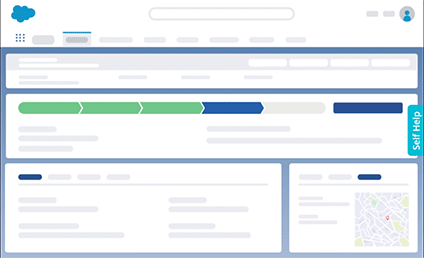
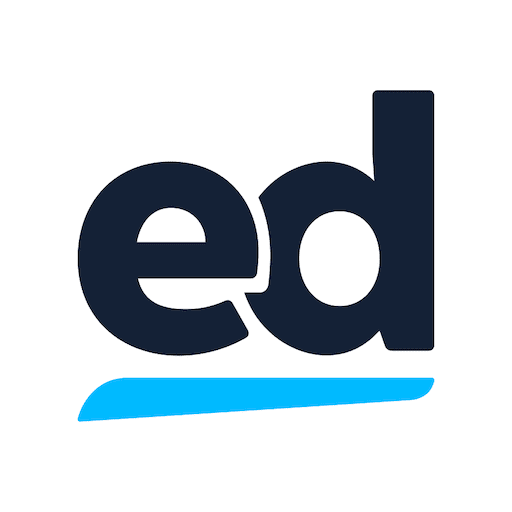
Edapp is a learning portal that incorporates AI to personalize learning experiences and track progress from both digital and in-person training initiatives. It also provides course authors with AI course-creation tools to alleviate writer’s block and reduce research time.
EdApp offers a library of customizable, ready-made training courses as well as templates that allow L&D team members to build courses in minutes. This solution also includes a Brain Boost feature, a spaced learning tool that helps learners retain new information by delivering automatic, personalized follow-up tests.
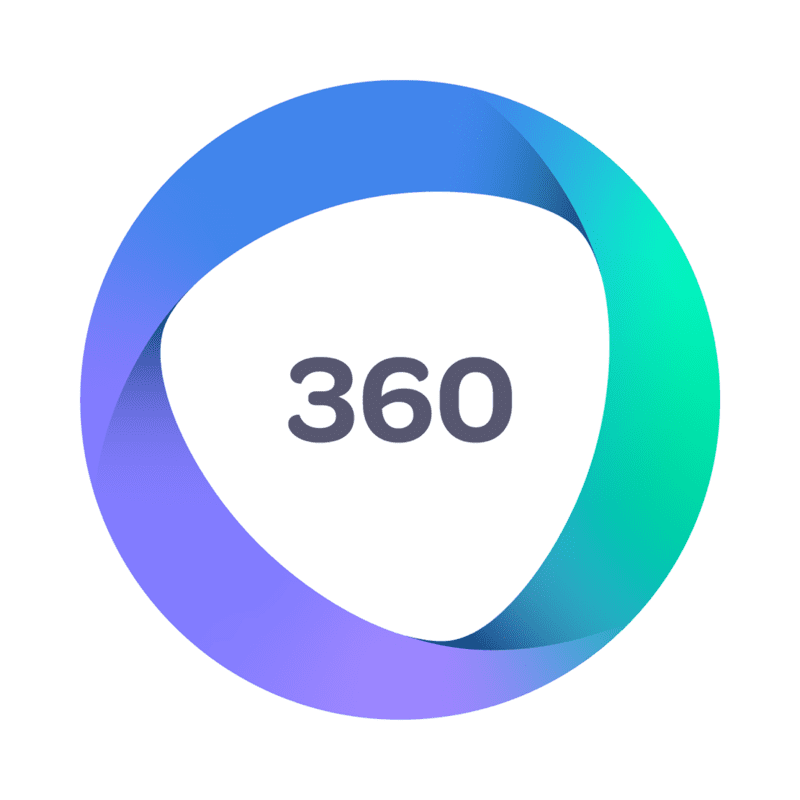
360Learning is an adaptive learning platform that focuses on collaborative learning to help organizations upskill teams quickly and promote continuous learning from within. Through collaborative learning, employees grow by teaching and learning from one another. By incorporating AI-based course creation tools, 360Learning allows employee experts to author and collaborate on training dynamic courses for their peers.
This solution combines the features of an automation-centered learning management platform with a collaborative learning experience platform into a powerful hub for adaptive corporate learning. Its AI features streamline course creation, generate custom courses for individual employees, and provide useful recommendations for employees who want to extend their learning journey.
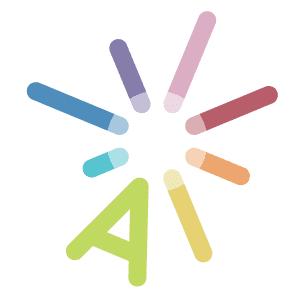
This aptly named learning platform allows L&D teams to create powerful learning experiences
Adaptemy provides adaptive learning solutions for employees by creating powerful courses that organizations can add to their existing learning management system. This solution allows organizations to integrate learning experiences with their current LMS and build custom courses with intuitive curriculum mapping and visually appealing UI and UX designs.
Adaptemy’s pre-built adaptive learning strategies include adaptive assessments, guided learning reinforcement, and detailed analytic tools to help L&D teams cater learning experiences directly to the needs of employee learners.
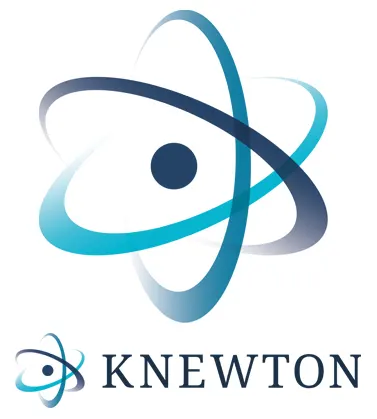
Knewton alta is an adaptive learning platform that provides learners with personalized learning experiences focused on math, science, and economics. This solution will be most effective for companies in sectors like engineering or science manufacturing, where employees need to brush up on skills they may have learned at University.
Knewton Alta’s adaptive learning technology adjusts learning experiences based on learner proficiency levels with every interaction, providing employees with a personalized path to continent mastery. This platform provides personalized study plans, immediate feedback, and answer explanations to reinforce key learnings and fill knowledge gaps, empowering learners to grow from their missteps and enter a growth-based continuous learning mindset.
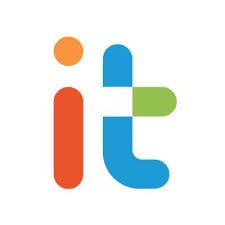
RealizeIT is an adaptive training platform designed to facilitate employee onboarding as well as reskilling employees to improve their day-to-day job proficiencies and ensure compliance with organizational and industry standards. This platform also includes solutions for product training as well as cross-training employees to help organizations become agile and adaptable in constantly evolving industries.
This solution provides journey mapping, and personalized pathway features that match up well with blended learning approaches to optimize the learning experience for employees. It also includes detailed knowledge progression measurement tools and instant feedback to keep employee learners engaged, confident, and immersed in a culture of continuous learning.
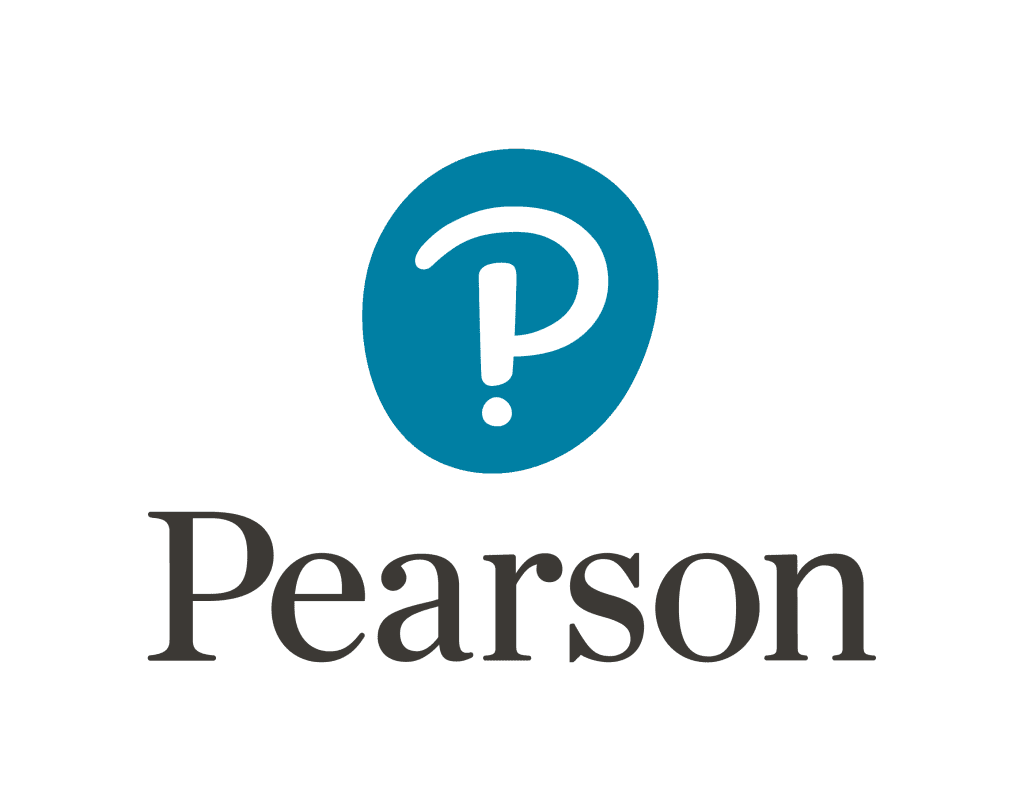
Pearson Interactive Labs is another platform focused on scientific learning, specifically made to replace or supplement in-person biology and microbiology labs. This solution engages learners in real-world scenarios made adaptive by immediate feedback and flexible course formats.
Subjects offered by Pearson Interactive labs include the Scientific Method, genetics, and microscopy for microbiology. By providing a virtual way for science professionals to learn by doing, this platform can help L&D teams ensure that employees are masters of their subject area.
While there are a variety of quality adaptive learning platforms to choose from, picking the right solution for your organization can feel daunting. Consider the following factors to select the platform that fits best for your business L&D needs:
Whatfix is a digital adoption platform (DAP) that helps organizations provide personalized training experiences for employees by giving them the guidance they need right when they need it. With adaptive learning capabilities, content customization, and personalized learning paths, Whatfix can serve as an effective in-app adaptive learning platform.
Software clicks better with Whatfix's digital adoption platform
Enable your employees with in-app guidance, self-help support, process changes alerts, pop-ups for department announcements, and field validations to improve data accuracy.
Thank you for subscribing!